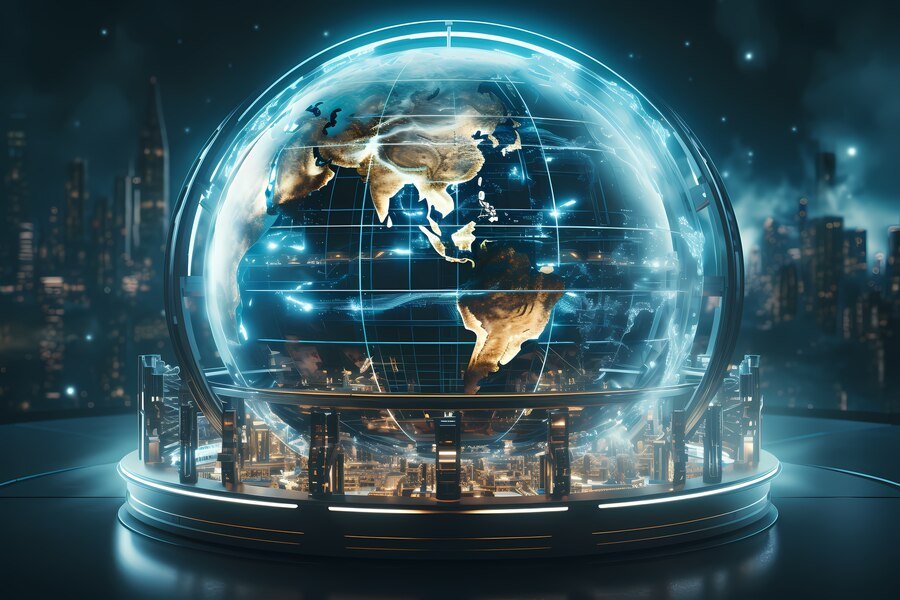Cultural Appropriation And Its Role In Social Justice Movements

Cultural appropriation has become a widely discussed topic in today’s social justice movements, especially as the fight for racial equality, respect for marginalized groups, and cultural preservation intensifies. To understand cultural appropriation, one must first define it and explore how it intersects with the goals and principles of social justice.
What is Cultural Appropriation?
Cultural appropriation refers to the act of taking or using elements of one culture by members of another culture, often without permission or understanding of the significance behind those cultural symbols, practices, or traditions. This often occurs when individuals from a dominant culture adopt aspects of a marginalized culture, leading to potential exploitation, misrepresentation, or disrespect.
Cultural appropriation can manifest in various forms, including fashion, music, language, religious symbols, hairstyles, and art. For example, non-Indigenous people wearing traditional Native American headdresses or adopting African-American hairstyles without acknowledgment of their cultural significance or historical context is often considered appropriative.
Cultural Appropriation vs. Cultural Appreciation

It’s important to differentiate between cultural appropriation and cultural appreciation. While appreciation involves a respectful exchange or understanding of a culture’s values, traditions, and practices, appropriation is often characterized by a lack of acknowledgment of power dynamics and a commodification of cultural elements. Cultural appreciation involves learning about, honoring, and respecting the significance of a tradition or practice in its cultural context, while appropriation tends to strip the cultural element of its meaning and reduce it to a trend or product.
Cultural Appropriation in the Context of Social Justice
Social justice movements, particularly those focused on racial and ethnic equality, seek to address the imbalances in power and privilege that enable cultural appropriation to occur. Many marginalized communities have experienced centuries of oppression, colonization, and erasure of their cultures, and cultural appropriation is often seen as an extension of these historical injustices. When people from dominant groups adopt cultural symbols or practices from marginalized communities, it can perpetuate harm by reducing deeply significant aspects of a culture to mere aesthetics.
For example, when cultural traditions are commercialized and mass-produced without regard for their original context, the people to whom those traditions belong may be erased or excluded from benefiting economically or socially. Furthermore, cultural appropriation can reinforce stereotypes, distort cultural meanings, and perpetuate the idea that the dominant group has the right to pick and choose elements from other cultures for personal gain or entertainment.
Social Justice Movements’ Response to Cultural Appropriation

Many social justice movements advocate for greater awareness, education, and action to stop cultural appropriation. This includes pushing for respect and acknowledgment of the original creators of cultural practices, challenging systems of exploitation, and encouraging those from dominant groups to reflect on their role in the power dynamics that enable appropriation.
Movements like Black Lives Matter, Indigenous rights campaigns, and anti-racism organizations have highlighted the importance of preserving and protecting cultural identities. They also emphasize the need for authentic representation in media, fashion, and art, where marginalized groups often find their cultural symbols used without permission or understanding. Activists call for accountability, encouraging individuals and industries to engage in cultural appreciation and collaboration rather than appropriation.
Role of Media, Fashion, and Entertainment in Cultural Appropriation

One of the most visible arenas for cultural appropriation is within the media, fashion, and entertainment industries. Major brands and celebrities have been called out for appropriating cultural elements, such as wearing Indigenous clothing or Black hairstyles for fashion shows or performances. Often, this appropriation is profit-driven and does not include collaboration or respect for the cultural community.
Social justice movements challenge these industries to take responsibility by partnering with creators from the culture they are representing, paying homage to the roots of the traditions, and giving credit where it’s due. Many marginalized communities are pushing for more inclusive representation that allows them to tell their own stories, showcase their culture, and benefit from its commercial success.
Also Read : How Does Cultural Hegemony Influence Power Dynamics In Society?
Conclusion
Cultural appropriation continues to be a significant issue within the framework of social justice movements. By addressing appropriation, activists and advocates aim to ensure that marginalized cultures are respected and not exploited for personal or commercial gain. While engagement with different cultures can foster learning and connection, it must be done with understanding, respect, and acknowledgment of the power dynamics at play. True social justice involves elevating marginalized voices, protecting cultural identities, and creating spaces where cultural exchange can occur in an equitable, respectful manner.
FAQs
1. How can I tell the difference between cultural appropriation and cultural appreciation?
Cultural appreciation involves a deep understanding of the cultural elements you’re engaging with. It is done with respect and collaboration with the people of that culture. On the other hand, appropriation involves taking cultural elements out of their context and using them for personal or commercial gain without understanding or acknowledging their significance.
2. Why is cultural appropriation harmful?
Cultural appropriation is harmful because it often strips cultural elements of their meaning, commodifies traditions, and perpetuates power imbalances between dominant and marginalized groups. It can also reinforce stereotypes, contribute to the erasure of marginalized cultures, and allow the dominant group to profit from these cultural symbols.
3. Can anyone be guilty of cultural appropriation, or is it only those from dominant cultures?
While cultural appropriation typically occurs when a dominant group appropriates from a marginalized one, it can happen between any groups where there is a significant power imbalance. However, the harm is greater when those from historically oppressive or privileged groups appropriate from marginalized cultures.
4. How can I appreciate other cultures without appropriating them?
Engage with the culture in a respectful manner—research its history and meaning, and acknowledge the original creators. Consider the context in which you’re engaging with cultural elements and whether you have the appropriate knowledge or invitation to do so. Collaboration and working alongside members of the culture are also important steps.
5. Why is cultural appropriation discussed so often in social justice movements?
Cultural appropriation is frequently discussed in social justice movements because it is tied to larger issues of inequality, systemic racism, and colonialism. Social justice advocates see the protection and respect of cultural identity as essential to achieving racial equity and healing historical injustices.




